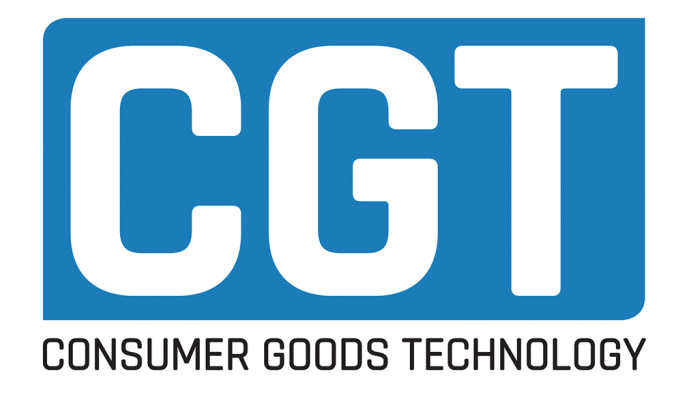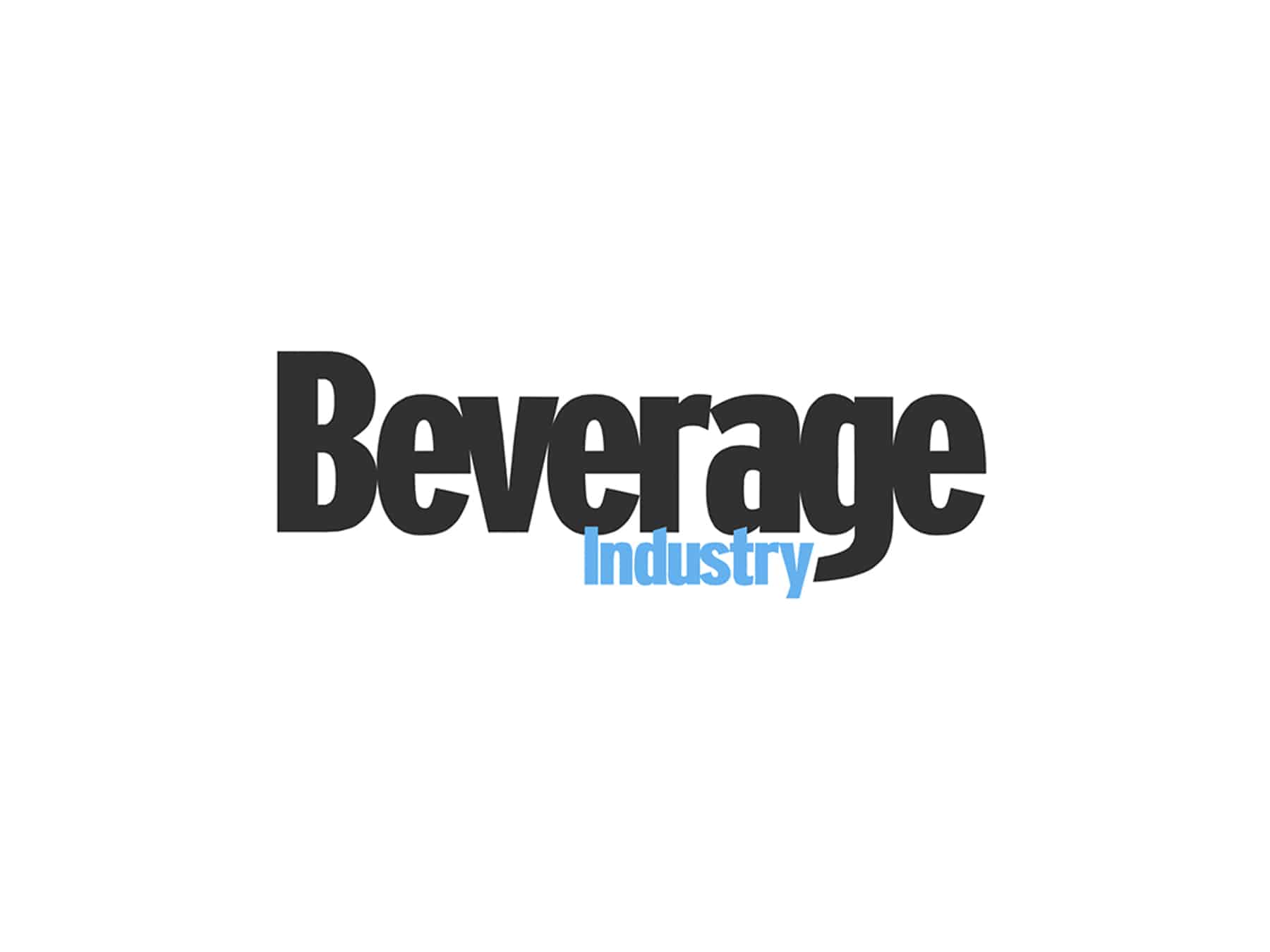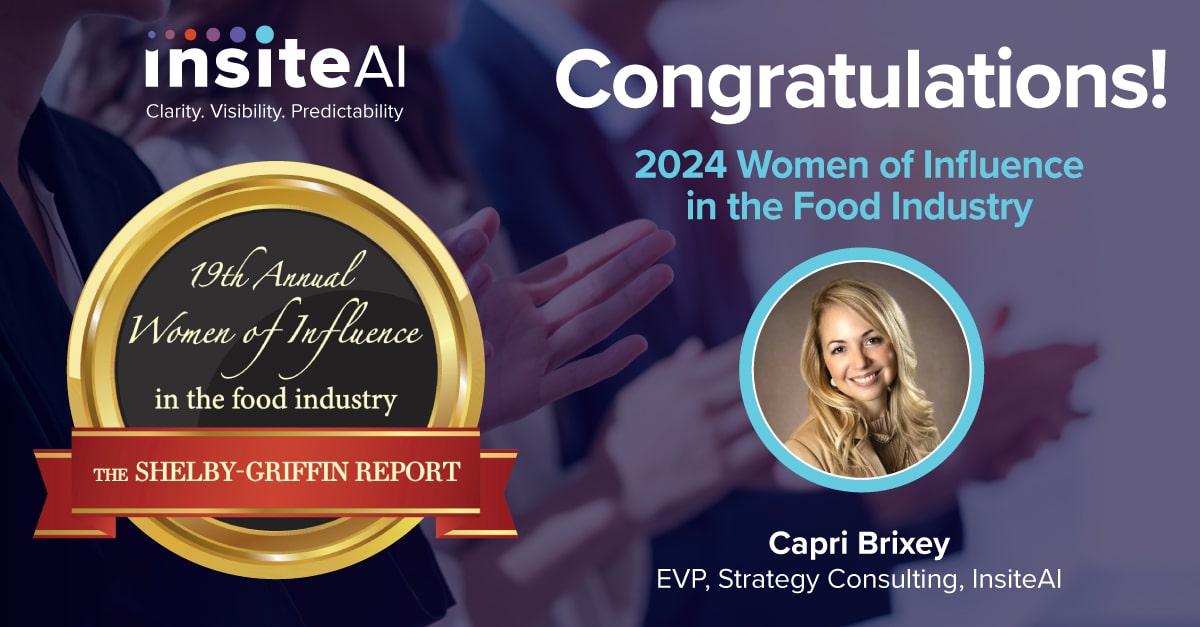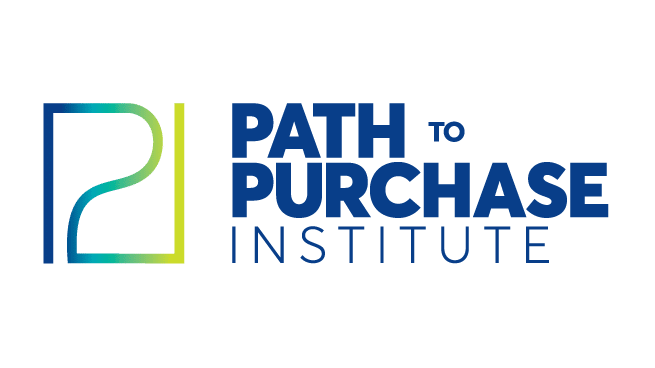
Private-label sales had a banner year in 2023, but looking forward, retailers also need to strike a balance between private label and national brands on shelves. In this guest column with Food Processing, Kristine Joji, EVP of strategy consulting at Insite AI, discusses how predictive analytics can help retailers develop optimized assortments between private label and national brands.
Private-label sales had a banner year in 2023, as retailer-owned brands continued to gain share across categories, especially in food. Yet, looking forward, retailers also need to strike a balance between private labels and national brands on shelves, putting a greater emphasis on developing fully optimized assortments.
For this reason, predictive analytics will have a huge impact as retailers and consumer goods companies leverage technology to create the most localized and optimized mix of private-label and national-brand items. The goal is to get both sides working together.
According to research by Circana and the Private Label Manufacturers Assn., private label dollar sales grew by more than $10 billion in 2023. For the full year, refrigerated products generated the highest dollar sales — $46.7 billion. General food items grew 10%, year over year, the highest growth category in private label behind beauty (+10.5%).
The research showed private labels grew in every category except tobacco and outpaced the growth of national brands, growing by 4.7% versus 3.6% for consumer brands. All told, private labels had a very good year, as consumers looked to the products to save money and the items found their way into more shopping carts.
For example, Kroger’s budget-conscious brand Smart Way was the fastest-growing private label last year, up 4.5% in household penetration. Adding to the trend, Target recently announced its low-price brand deal worthy.
Yet, with all the trends and momentum circling private-label products, how can retailers derive an optimal balance of private label and national brands? The answer’s in the data.
To be clear, there is no right answer in the debate of private labels and name brands. First and foremost, retailers should focus on providing consumers with a hyper-local assortment with the products their shoppers want. Using predictive analytics, retailers and brands can localize product mixes that sell best at an individual store level.
Advancements in how AI can parse data and recommend assortments that generate the most volume and revenue can bring brands and retailers together to find a mix of private labels and national brands. Together, the companies can identify how to best fit an assortment to every store’s varied demographic and buying habits.
It’s no longer about how private brands and national brands are competing against one another but how they join forces to build a product mix and assortment that best meets shoppers’ needs.
AI-powered assortment optimization
AI models read large amounts of data (sales numbers, retailer loyalty data, shopper data from programs like Walmart Luminate, macroeconomic data, third-party panel research, etc.). From there, category and brand managers coach the AI to learn and predict how a store-level assortment can be shaped.
Within that learning, brands and retailers can work together to focus on a few issues such as:
- Differentiating SKUs. By region and each individual store, retailers can leverage AI to uncover unique assortments that differentiate SKUs to drive incrementality. Retailers identify assortments that meet each local community, reacting to a sense of how a region shops. The assortments discover what products, private labels and national brands, resonate most with each area.
- Innovating categories. AI also combs through data to identify potential innovation gaps in product categories. A retailer can spot a potential product trend to introduce within its private-label portfolio to lift an assortment and category. At the same time, a CPG can see where there are innovation opportunities to present to retailers. Together, brands and retailers can create assortments that distinguish and excite assortments.
- Addressing the price gap. Shoppers no doubt buy private brands to save money, as there tends to be a price gap between private labels and national brands. AI can optimize pricing with price elasticity models to identify ideal price points for all products in the assortment, striking an optimal balance of what shoppers are comfortable spending on private brands and national brands.
Consumer goods brands don’t need to view rising private-label sales as a threat. Instead, companies should look at increased sales of both consumer brands and private labels as an opportunity to enhance collaboration.
AI and predictive analytics provide both companies with an unbiased look at how products are performing. It’s up to both companies to use the data and find ways that lift all brands and deliver an assortment that feels local and special to each store in the network.
Kristine Joji is EVP, strategy consulting at Insite AI, and formerly VP of Merchandising at Walmart. Kristine led strategic initiatives that resulted in substantial revenue growth for the company across Grocery and prior to that Personal Care. Widely recognized as a visionary leader, she played a pivotal role in optimizing Walmart’s merchandising with large CPGs.






